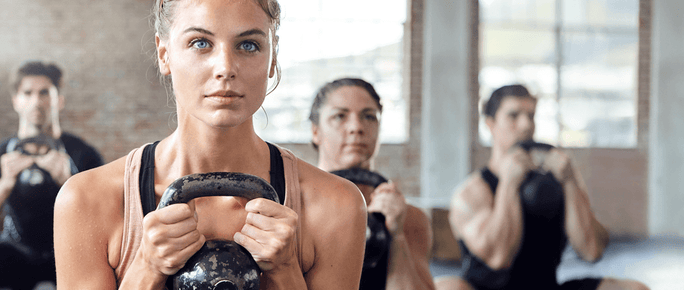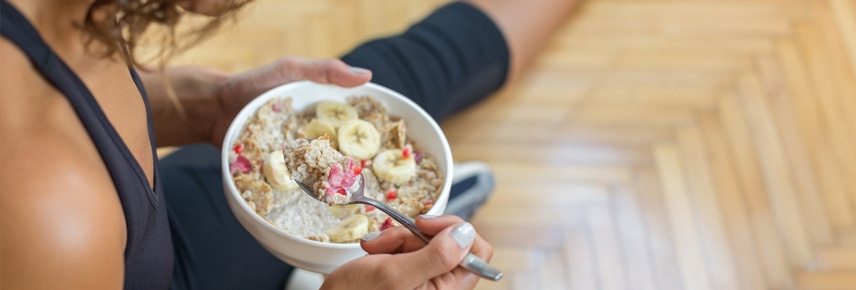
Steps or strength: choosing the ideal exercise as you age
Staying active is essential as you age, helping to lower your risk of heart disease, stroke, cancer, and speeding up recovery from illness. While getting your 10,000 steps a day is a fantastic start for cardiovascular health, adding resistance training to your routine can also provide great benefits.
Let’s explore the ideal exercises to help keep you fighting fit now, and into the future.
Understanding resistance training
As you age, your muscles may start to weaken and your stamina can diminish. To prevent this, incorporating simple strength and resistance training exercises can help maintain muscle mass, improve mobility, and reduce health risks associated with ageing.
For women navigating menopause, resistance training is especially helpful. It supports your body through hormonal shifts and promotes bone density by encouraging new bone growth, which can lower the risk of osteoporosis and fractures.
Resistance training involves working your muscles against a weight or force, which can include light weightlifting, bodyweight exercises, resistance bands, squats, lunges, and push-ups. These exercises can be easily done at home with minimal equipment. For more of a challenge, try using elastic resistance bands, suspension straps, medicine balls, kettlebells, or dumbbells.
The benefits of different types of physical activity
Finding the perfect exercise balance is crucial for maintaining your health and independence as you age.
While cardio burns calories quickly, it only does this during the workout itself. In contrast, resistance training builds muscle mass over time, boosts your metabolism, and continues to burn calories even when you’re not exercising. Resistance training can also help counteract muscle loss from excessive cardio, improve bone density, and improve your overall metabolism.
Resistance training is also great for maintaining flexibility and balance, which is important for staying independent as you get older. This can help prevent falls and make everyday activities easier.
The New Zealand Ministry of Health recommend doing at least 2 ½ hours of moderate physical activity per week, including muscle strengthening activities at least twice a week. But remember, doing some physical activity is better than none. Starting small, and gradually increasing your physical activity as your fitness improves is a great way to make sustainable changes so that you reap the lifelong benefits.
Resistance training for women
For women, especially during menopause, continuing a regular exercise routine is essential for preserving strong bones. The drop in estrogen levels associated with menopause can lead to decreased muscle mass and bone density as well as an increased risk of osteoporosis.
Resistance training can help counteract this by boosting your metabolism, even while you rest, to help reduce menopausal weight gain.
If you’re not sure how to adjust your exercise to best include resistance training, a personal trainer or exercise physiologist can help you get started.
Food and resistance training
Exercise and nutrition go hand in hand. To support your body’s recovery and muscle maintenance, it’s important to get enough protein as it plays a key role in repairing muscles, speeding up recovery, and maintaining strength. Tailor your protein intake to your life stage and build your meals around high-protein foods.
Eating foods rich in both healthy carbs and protein after exercising can help your muscles recover, however, ultimately it is important to spread protein and carbohydrates throughout the day. Restorative options after exercise include a peanut butter sandwich, handful of nuts and piece of fruit, protein drink, smoothie, bolognaise.
Adding these protein-packed snacks and meals into your diet can boost your recovery and make your resistance training more effective.
By following these tips, you’ll not only stay active, but will thrive and have more capacity to enjoy the things you love.

The latest nutrition advice, plus health and wellness tips delivered to your inbox monthly

